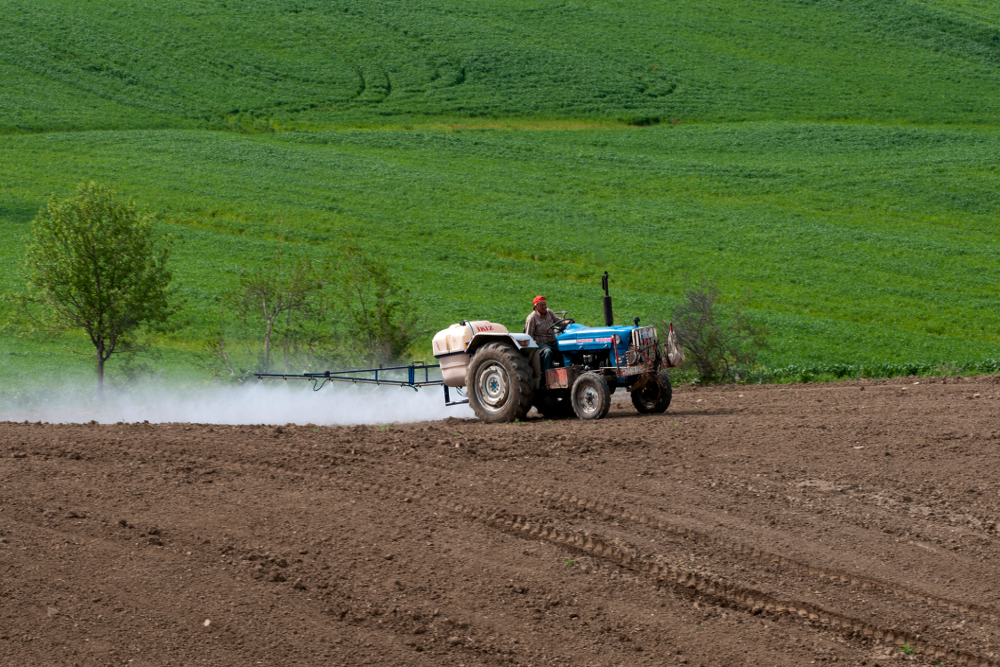
What Is Going on with Glyphosate? EPA’s Odd Handling of Controversial Chemical
The Environmental Protection Agency’s ongoing risk assessment of the world’s most widely used herbicide is starting to generate more questions than answers. On Monday, it also generated a giant “oops” from the EPA.
On Friday, April 29, the EPA posted on its website a series of documents related to its long-awaited risk assessment for glyphosate, the active ingredient in Monsanto’s Roundup herbicide and other weed-killing products sold around the world. The risk assessment started in 2009 and was supposed to conclude in 2015. But questions about whether or not glyphosate may cause cancer are dogging the agency’s review, and have slowed the process.
May 2, 2016 | Source: The Huffington Post | by Carey Gillam
The Environmental Protection Agency’s ongoing risk assessment of the world’s most widely used herbicide is starting to generate more questions than answers. On Monday, it also generated a giant “oops” from the EPA.
On Friday, April 29, the EPA posted on its website a series of documents related to its long-awaited risk assessment for glyphosate, the active ingredient in Monsanto’s Roundup herbicide and other weed-killing products sold around the world. The risk assessment started in 2009 and was supposed to conclude in 2015. But questions about whether or not glyphosate may cause cancer are dogging the agency’s review, and have slowed the process.
On Monday, after the contents of the documents started to generate questions from media, EPA yanked those documents from its website:
An agency spokeswoman said this:
“Glyphosate documents were inadvertently posted to the Agency’s docket. These documents have now been taken down because our assessment is not final. EPA has not completed our cancer review. We will look at the work of other governments as well as work by HHS’s Agricultural Health Study as we move to make a decision on glyphosate. Our assessment will be peer reviewed and completed by end of 2016.”
The EPA said it was “working through some important science issues on glyphosate, including residues of the chemical in human breast milk;” an “in-depth human incidents and epidemiology evaluation;” and a preliminary analysis of glyphosate toxicity to milkweed, a critical resource for the monarch butterfly.
Inadvertent or not, one of those documents posted and then withdrawn was a doozy, a heavy hammer that seeks to knock down worries about glyphosate ties to cancer. The agency released an Oct. 1, 2015 internal EPA memorandum from its cancer assessment review committee (CARC) that contradicts the March 2015 finding by the World Health Organization’s International Agency for Research on Cancer (IARC) classifying glyphosate as a probable human carcinogen. EPA found instead that glyphosate is “Not Likely to be Carcinogenic to Humans.”
